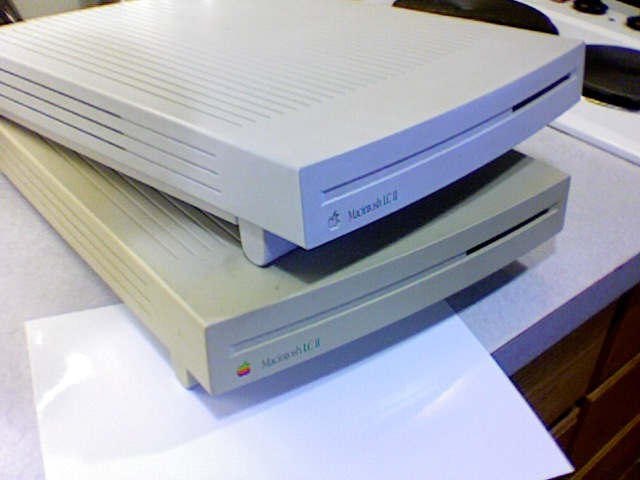I am attempting to safely disassemble the monitor that I have with an old Macintosh LC II. It's a "Macintosh Color Display" model M-1212. I have found two screws on the bottom that loosen what appears to be the whole upper housing, but I cannot lift this housing off completely. It seems to be held in place by something near where the upper housing meets the front plastic bezel that surrounds the glass. I have probed the seam with a screwdriver but am trying not to break the plastic as I am attempting to restore the monitor with Retr0brite.
Does anyone here happen to have a service manual for this monitor or know specifically how to open it? Thanks in advance!
Does anyone here happen to have a service manual for this monitor or know specifically how to open it? Thanks in advance!



